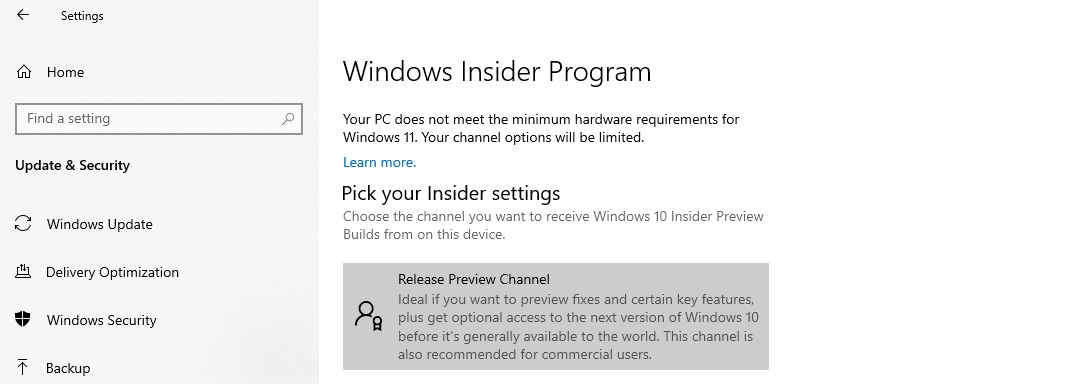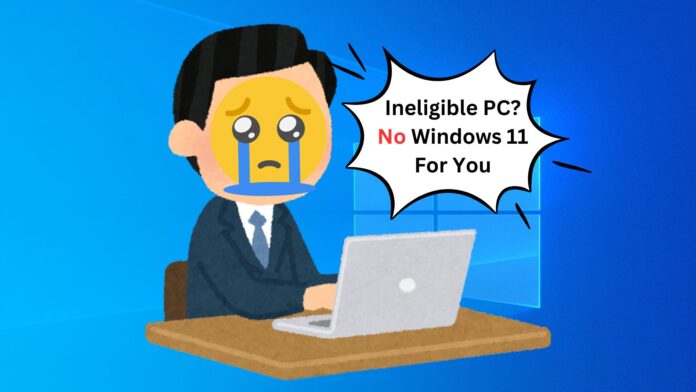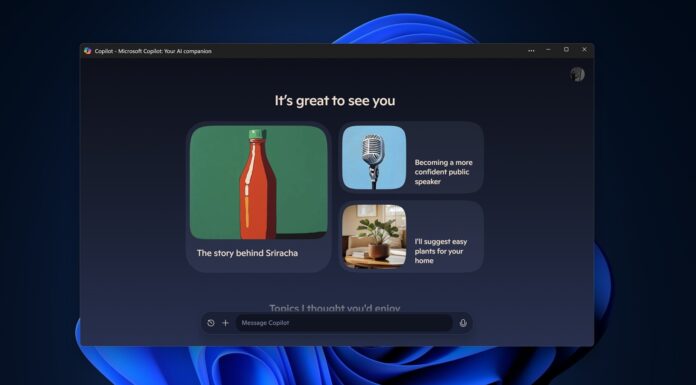Microsoft has made up its mind about Windows 10’s retirement and won’t make it easy to transition to Windows 11 PCs as well. It’s not budging from the complex system requirements to upgrade to Windows 11 and recently updated a three year old support doc that lays down rules for ineligible PCs forcibly upgrading to The new OS.
Microsoft regularly updates its support documents, which is not news, but some outlets misinterpreted the grammar in the document and claimed that Windows 11’s requirements are no longer “mandatory”. However, this was completely false, which is why we never reported that news.
Microsoft has now informed Windows Latest that it has updated the support document with more clarity and a note to confirm that requirements haven’t changed. The support document hasn’t changed much and still mentions the ramifications of using Windows 11 on an unsupported PC.
Microsoft won’t offer any kind of support for ineligible PCs and warns of compatibility issues with certain apps and features. In addition, it won’t be liable for any hardware damages that might happen to the PC.

If you’ve already taken the plunge and forcibly installed Windows 11 on your ineligible PC by bypassing system requirements, you have a chance to go back to Windows 10 using the Recovery page. But that’s only available for ten days, and after that, only a clean install option remains.
The update portion of the support document also clarifies that “Windows 11 minimum system requirements remain unchanged,” which is not a surprise. Last week, Windows Latest covered Microsoft’s intentions behind that TPM 2.0 requirement in Windows 11, which made the Redmond giant’s intentions very clear.
“If you installed Windows 11 on a device not meeting Windows 11 system requirements, Microsoft recommends you roll back to Windows 10 immediately,” Microsoft noted.
What’s funny is the myriad of problems present in Windows 11 24H2 that prevent many users from upgrading to it. There are more than fifteen such reported issues now, and Microsoft should look into this as well before hastily giving up on Windows 10.
This decision to retire Windows 10 and not allow users to upgrade to Windows 11 is hurting a lot of us.
Ineligible Windows 10 users have no choice
There are perfectly capable desktops and laptops running Windows 10 that cannot migrate to Windows 11 because of TPM and Secure Boot. Since these functionalities are baked into the CPU and motherboard, there’s no way of getting around it.
You can bypass Windows 11 requirements easily and we have a guide. Even if you bypass them, most new security features in Windows 11 won’t work because of it. Some desktop users can upgrade their TPM module, but laptop users don’t have that luxury.
We support Microsoft’s decision to reinforce security in Windows 11, but that shouldn’t come at the expense of thousands of Windows 10 PCs left stranded.
What’s worse is that Microsoft is also terminating Windows 10 in October 2025, with a $30 Extended Support Program for one year. Come 2026, these PCs will become obsolete and will either run an unmaintained Windows 10 edition or switch to Linux to survive a few more years.























